





Phlebologist
Phlebology – the medical discipline studying an anatomic structure of veins, normal and pathological physiology of a venous blood-groove. The phlebology studies ways of diagnosis, prevention and treatment of various acute and chronic diseases of venous vessels.
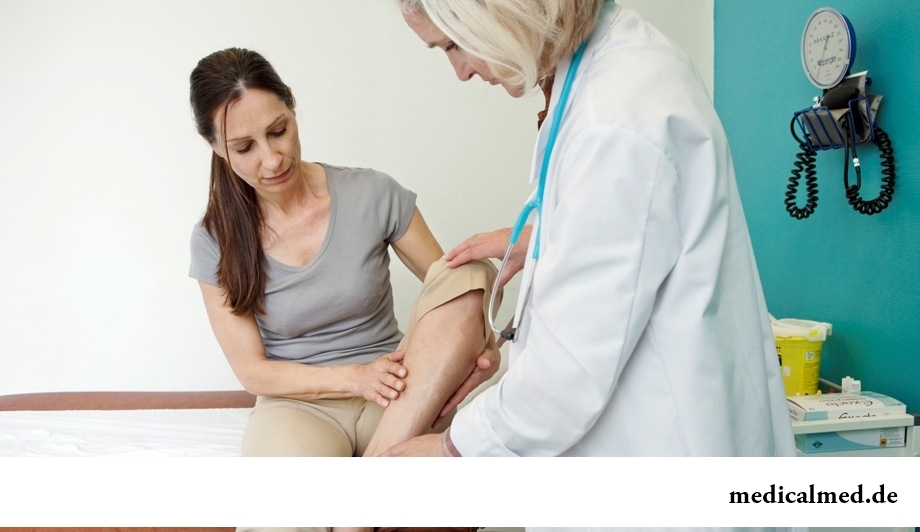
Phlebologist
The phlebologist – the diagnosis, prevention specialist and treatment of diseases of venous system. Judging by responses, usually address the phlebologist at emergence of heavy feeling in legs, at hypostases, spasms, fatigue of legs, expanded veins, vascular grids and darkening of skin standing, at consolidation of hypodermic cellulose.
The phlebologist treats a posttromboflebitichesky disease, a trophic ulcer, thrombosis and varicosity of veins, an angiodysplasia, limfedy, chronic venous insufficiency, vascular tumors, Pedzheta-Shretter's syndrome, a flebopatiya, and also deletes birthmarks, papillomas and other skin educations.
Consultation of the phlebologist
Proceeding from responses, the phlebologist during consultation attentively listens to complaints and in detail asks the patient on diseases of the immediate family. Tendency to diseases of veins most often passes from father to son. Then the doctor examines the patient's legs a special lamp. Very often the method of ultrasonic doppler sonography allowing to see through veins and the blood flowing on them is applied to diagnosis. By means of this method the phlebologist estimates a condition of venous valves and measures blood-groove speed in veins. The procedure of doppler sonography is absolutely painless and no more than 25-30 minutes last.
After preliminary survey the doctor usually directs the patient to biochemical and general blood test, to a research of coagulant system of blood. Further the phlebologist by results of inspection selects the individual scheme of treatment.
It is regularly very desirable to register in consultation of the phlebologist during pregnancy, at a sedentary or slow-moving way of life, at obesity, at genetic predisposition to diseases of veins, at flat-footedness.
Consultation of the phlebologist is necessary to the athletes who are engaged in run, a raising of weights, skiing and also people of old age.
Medical methods of treatment of diseases of vessels
Depending on disease severity phlebologists appoint medicamentous therapy (tablets, ointments), sclerotherapy, foam sclerotherapy, an ekhoskleroterapiya, compression massage (special golfs, panty hoses, stockings), a venectomy, a phlebectomy.
Varicose asterisks are usually soldered by the thinnest electrode with a teflon or gold covering with a high-frequency impulse (the procedure of microthermocoagulation). Similar treatment takes place without use of medicines. Microsclerotherapy allows to delete vascular asterisks which diameter exceeds 0,2 mm. In this case a superfine needle administer the drug closing a capillary gleam.
In particularly complex situations operational intervention is required. Usually with such cases patients are helped by sclerotherapy. This method allows to keep selectively healthy vessels and to delete the affected veins.
However sclerotherapy is inefficient at trophic ulcers, eczema, thrombophlebitis. Then, judging by responses, phlebologists use the combined technique combining sclerotherapy and surgery.
The varicosis is considered the most widespread disease of legs. This disease sometimes leads to such complications as a phlebothrombosis and thrombophlebitis. The separation of blood clot can lead to a lethal outcome. The laser microsurgery is considered one of the most advanced ways of treatment of varicosity. Similar treatment consists in processing of the damaged site of a vein a laser beam from within. The laser microsurgery differs in efficiency, safety and painlessness.
Medical ways of treatment allow to exclude for a long time from a blood-groove the affected veins and to lower load of healthy vessels.
Correctly picked up treatment can only slow down development of a disease, remove all its manifestations. However in the future the disease can prove again.
Human bones are stronger than concrete four times.

Scientists always aimed to offer fundamental explanations for medical problems. Their theories formed the basis of modern methods is treated...
Section: Articles about health
Since the moment when the child becomes a school student, his sight begins to be exposed to the strengthened loadings which are supplemented with viewing of animated films and long computer games. During this period of life of the child development not completely created bodies to a zra...
Section: Articles about health
Popular joke that there are no healthy people, and is nedoobsledovanny, most of us considers an honest truth, continually it is necessary to hear that all of us are sick hardly from a school bench. It is hard to say whether so it actually because too often people are treated for nonexistent diseases, and sometimes call a disease what is something another. Sometimes in it the doctors of old school making diagnoses which are cancelled long ago – medicine still unless are guilty...
Section: Articles about health
About influence of fasting days on an organism it is told much – both about advantages, and about shortcomings. It is considered that fasting day...
Section: Articles about health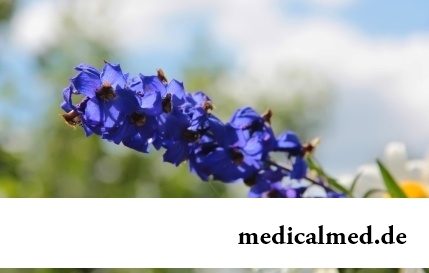
It is impossible to imagine human life in which there would be no plants. Practically in each apartment and any production room there are window plants, millions of people with pleasure are engaged in gardening and truck farming, many citizens пр...
Section: Articles about health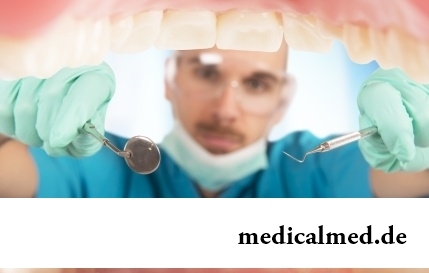
White teeth and the Hollywood smile – a dream of many people. Long time was considered that the plaque on teeth and change of their color – destiny of those who incorrectly eat smokes and badly brushes teeth. But the paradox is available: at everything the variety of toothpastes, brushes existing today for toothbrushing and conditioners for a mouth the number of the people hesitating of a plaque on teeth does not decrease. Moreover, the plaque is formed even at small children who definitely do not smoke and have no coffee. So in what business, and опас...
Section: Articles about health
Traveling all over the world, many try to try the most exotic dishes of national cuisines. Exists even so-called died away...
Section: Articles about health
Condition of lips (their morbidity, outward) – one of indicators of health of the person. The peeling, dryness, pallor, and also cracks in corners of a mouth can be not only the cosmetic shortcoming which arose owing to physical damages and weather having sent away...
Section: Articles about health
We present to yours the TOP of the medicamentous means exerting the stimulating impact on a potentiality, i.e. on ability of the man to commission of sexual intercourse. At once it is necessary to tell that not always disturbances of erectile function can be eliminated with reception of this or that drug. The reasons of decrease in a potentiality there can be a set, from banal overfatigue before tumoral process in a small basin therefore if the man faces similar problems too often, it should turn...
Section: Articles about health
Visit of doctors – business not the most pleasant, and many people do not hurry to undergo necessary planned inspections. Such behavior...
Section: Articles about health
The problem of diagnosis was and remains to one of the most important in medicine. From that, the reason of an indisposition of the patient will be how precisely defined, eventually success of treatment depends. In spite of the fact that the majority of the diagnostic methods applied in about...
Section: Articles about health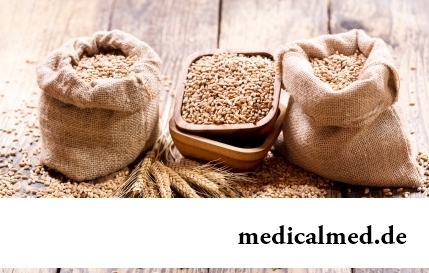
The concept "gluten" (differently, a gluten) combines group of the proteins which are a part of rye, barley and wheat. For most of people the use of the food stuffs containing a gluten not only is safe, but also it is very useful. Nevertheless, there is a number of myths about negative effect which allegedly gluten has on health of the person....
Section: Articles about health
It is known that the person for 80% consists of water which participates in all processes of an organism. The person loses liquid daily – in...
Section: Articles about health
Life activity of one-celled fungi of the sort Candida, related to yeast is a proximate cause of development of candidiasis (milkwoman). Normal these microorganisms are a part of the microflora living in an oral cavity and intestines of most of people, and that...
Section: Articles about health
Subfebrile temperature call fervescence to 38 degrees, and subfebrile condition - existence of such temperature over 3 days, and quite often it happens without the visible reasons. Existence of subfebrile condition - a strong indication of disturbances in an organism which can be caused by various reasons: disease, stresses, hormonal failures. Despite the seeming inoffensiveness it is a state at which people often continue to lead a usual life, often is a sign of many of a zabolev...
Section: Articles about health
The body of the person almost for 60% consists of water. It is so important for normal functioning of an organism that loss of all is ponut...
Section: Articles about health
Quite large number of people adheres to the principles of vegetarian food. But how to be if in a family of vegetarians there are children? Whether it is possible to eat also it the same as to parents, or after all the children's organism is not adapted for the use only раст...
Section: Articles about health
Deciding to get rid of an addiction, not all imagine what effects it is necessary to face. Process of refusal of smoking causes quite essential discomfort in most of people: differences of mood, a sleep disorder, fatigue, decrease in physical and intellectual activity and a number of other symptoms reducing quality of life. Abstinence can be strong: an essential part of attempts comes to an end leaving off smoking failure, and people are returned to the use of cigars...
Section: Articles about health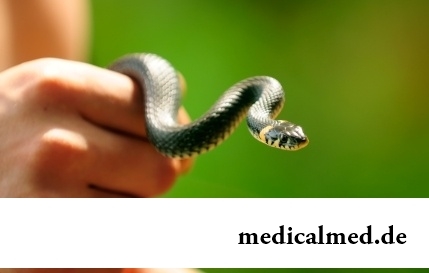
Health and attractiveness - eternal values, pursuing which people often use the most unusual ingredients and technicians...
Section: Articles about health
For the city dweller the fitness is the most convenient sport. It is enough to acquire the subscription to the gym to get access to various apparatuses and an opportunity to train under the leadership of the experienced consultant. Many consider fitness on...
Section: Articles about health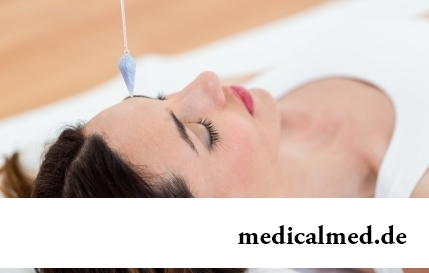
Practice of hypnotic impact on consciousness of the person contains about two millennia. During this time scientists managed to learn a lot of things about a phenomenon of hypnosis and learned to facilitate a condition of the patients having heavy illnesses with its help....
Section: Articles about health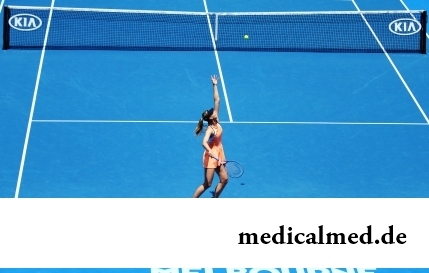
Proofs of efficiency of Mildronate at treatment of coronary heart disease with stenocardia can be found in many publications to...
Section: Articles about health
It would seem, to buy drugs in Moscow does not make a problem – a drugstore, and not one, is available for each resident of the capital within walking distance. And, nevertheless, Internet drugstores become more popular – what it is possible to explain such phenomenon with? Actually m reasons...
Section: Articles about health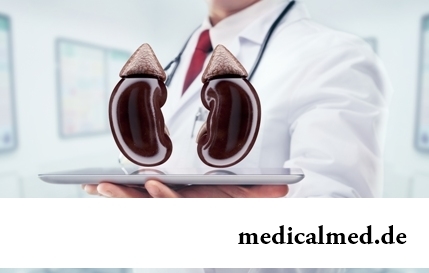
Kidneys perform the most important function of clarification of blood from those products of metabolic processes which cannot be used by an organism for obtaining energy and construction of new cells. With the urine produced by kidneys from a body of the person the bulk of the toxins getting to it with food and water is removed. Normal functioning of kidneys provides removal from an organism of excess liquid and maintenance of optimum ionic balance. At emergence of failures in work of secretory system...
Section: Articles about health
Weakness of an ankle joint – very widespread problem. Its existence is demonstrated by tendency to a podvorachivaniye of legs п...
Section: Articles about health
Zone hypostases under eyes - very widespread problem giving to people is a lot of inconvenience. Hypodermic fabric in these parts has very loose structure and almost does not contain collagenic fibers. Besides, the skin covering подглазья constantly is exposed...
Section: Articles about health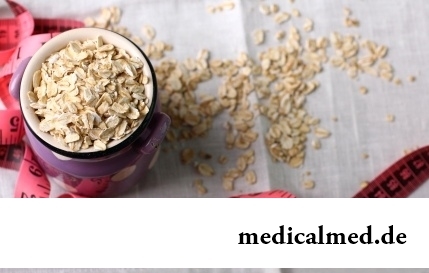
The list of stereotypes of which, apparently, all know strongly includes following: British surely eat porridge for breakfast. Perhaps, not all modern residents of Britain arrive quite so, but for those from them which continue to follow this tradition, it is possible to be glad sincerely: oat flakes are a product which regular use not only helps the person to keep force and beauty long. Porridge in a special way influences an organism, protecting it from seriousness...
Section: Articles about health
